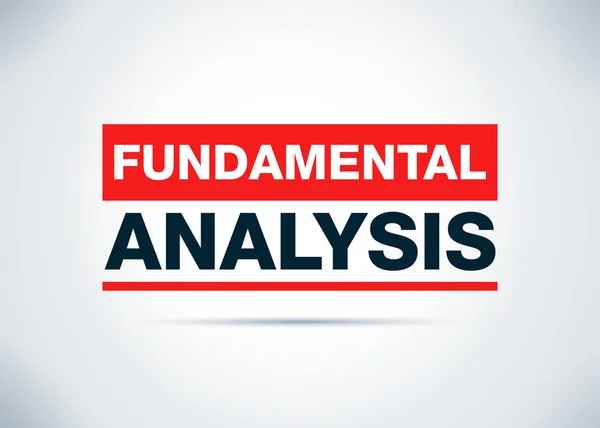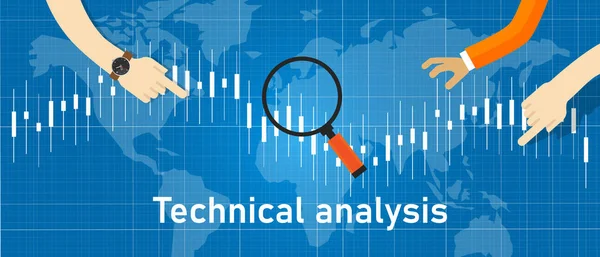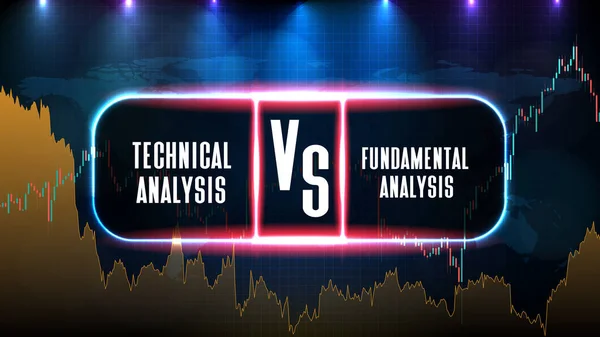Welcome to the ultimate Forex Face-Off where we pit two of the most popular analysis methods against each other! In one corner, we have Technical Analysis, the chart-loving, pattern-seeking powerhouse. And in the other corner, we have Fundamental Analysis, the news-digging, economic-data devouring contender. Both methods offer unique insights into the currency markets, but which one will come out on top? Let’s dive into the ring and find out!
Round 1: The Basics
- Technical Analysis (TA) focuses on the study of past market data, primarily price and volume. It uses charts and other tools to identify patterns and trends that can suggest future market movements. TA enthusiasts believe that all available information is already reflected in the price, rendering the need to consider external factors unnecessary.
- Fundamental Analysis (FA), on the other hand, examines economic indicators, news events, and financial statements to predict currency movements. FA aficionados argue that the true value of a currency can be determined through its economic conditions, not just price patterns.
- While TA is all about “what” and “when” to trade, FA concentrates on the “why”.
- Both approaches have their merit, and often traders will use a combination of the two to make informed decisions.

Round 2: Chart Champs
- TA uses a plethora of charts to track the movement of currencies over various time frames. Candlestick, Line, and Bar charts are just a few in the technical analyst’s toolkit.
- These charts are used to spot trends and patterns such as Head and Shoulders, Double Tops, and Flags, which can signal potential market movements.
- TA is a favorite for those who want quick, visual signals and don’t have the time to sift through economic reports.
- However, critics argue that relying solely on charts can lead to missed opportunities or misinterpretation of market conditions.
Round 3: News Navigators
- FA thrives on news and reports. A country’s GDP, unemployment rates, monetary policy changes, and political events can have significant impacts on the Forex market.
- Fundamental analysts are always on their toes, ready to dissect the latest news release and its potential effects on currency pairs.
- This method can provide a deeper understanding of long-term market trends and allows traders to capitalize on economic shifts.
- The downside? The sheer volume of information can be overwhelming, and unexpected news can quickly turn the tables on the best-laid plans.
Round 4: Pattern Playoffs
- Patterns are the bread and butter of the TA world. From Fibonacci retracements to moving averages, technical traders have a wealth of patterns to help predict future price movements.
- These patterns, once identified, can provide clear entry and exit points, making it easier for traders to execute their trades.
- However, FA doesn’t rely on price patterns; instead, it looks at economic patterns and trends, which can take longer to develop but may offer more stability.
- The question remains: are patterns reliable indicators or just self-fulfilling prophecies?
Round 5: Economic Showdown
- FA shines in the economic showdown, as it’s all about understanding the forces that drive the market.
- Interest rates, inflation, and economic growth are just a few of the indicators fundamental analysts monitor closely.
- This method allows traders to comprehend the macroeconomic environment and its influence on currency values.
- TA practitioners may argue that all these factors are already priced in, making their impact less relevant in the immediate trading strategy.
Round 6: Indicator Insanity
- TA is known for its wide array of technical indicators like RSI, MACD, and Bollinger Bands. These tools help traders identify potential buy or sell signals.
- Indicators can be incredibly useful for spotting trends and gauging market momentum.
- FA has its own set of indicators, focused on economic health, such as consumer confidence surveys and trade balances.
- Both sets of indicators offer valuable insights, but relying too heavily on them can lead to analysis paralysis.
Round 7: Data Duel

- In the data duel, TA and FA face off with their respective sources of information. TA uses historical data and mathematical algorithms, while FA employs economic reports and news events.
- TA data is readily available and can be analyzed quickly, making it a go-to for many day traders.
- FA data requires a more in-depth approach, as it involves understanding the nuances of economic policies and their global impact.
- Both types of data can be influential, but their effectiveness may vary depending on market conditions and the currency pair in question.
Round 8: Trend Tussle
- Trends are crucial in Forex trading, and TA is all about identifying them early and capitalizing on their direction.
- FA also recognizes trends, but in a broader sense, focusing on long-term economic cycles and how they affect currency values.
- TA trend lines and channels can provide a more immediate view of market direction, while FA can offer a reasoned forecast based on economic projections.
- The tussle between these two approaches in spotting and following trends can be the deciding factor in a successful trade.
Round 9: Forecast Face-Off
- Forecasting is the ultimate goal in Forex trading, and both TA and FA offer different methods to achieve it.
- TA uses past price movements to predict future behavior, which can be effective in highly liquid and consistent markets.
- FA looks at economic indicators and events to forecast long-term currency movements, providing a bigger picture view.
- While both methods have their merits, the accuracy of forecasts can vary greatly depending on market volatility and unforeseeable events.
Round 10: The Final Verdict
- So, who wins in the Forex Face-Off? It’s not a simple knockout decision.
- TA is favored by traders who prefer a technical, pattern-based approach and quick decisions. It’s ideal for short-term trading and for those who rely on visual aids.
- FA appeals to traders who have a keen interest in economics and prefer to make informed decisions based on fundamental data. It’s better suited for long-term investments and for predicting major market shifts.
- In the end, the best approach may be a balanced combination of both TA and FA, leveraging the strengths of each to navigate the complex and exciting world of Forex trading.
The Forex Face-Off has shown us that both Technical and Fundamental Analysis have their place in the ring. Whether you’re a chart champion or a news navigator, understanding the strengths and weaknesses of each method can greatly enhance your trading strategy. Remember, the currency market is a dynamic battlefield, and being armed with the best tools from both TA and FA could lead you to victory. Happy trading!
